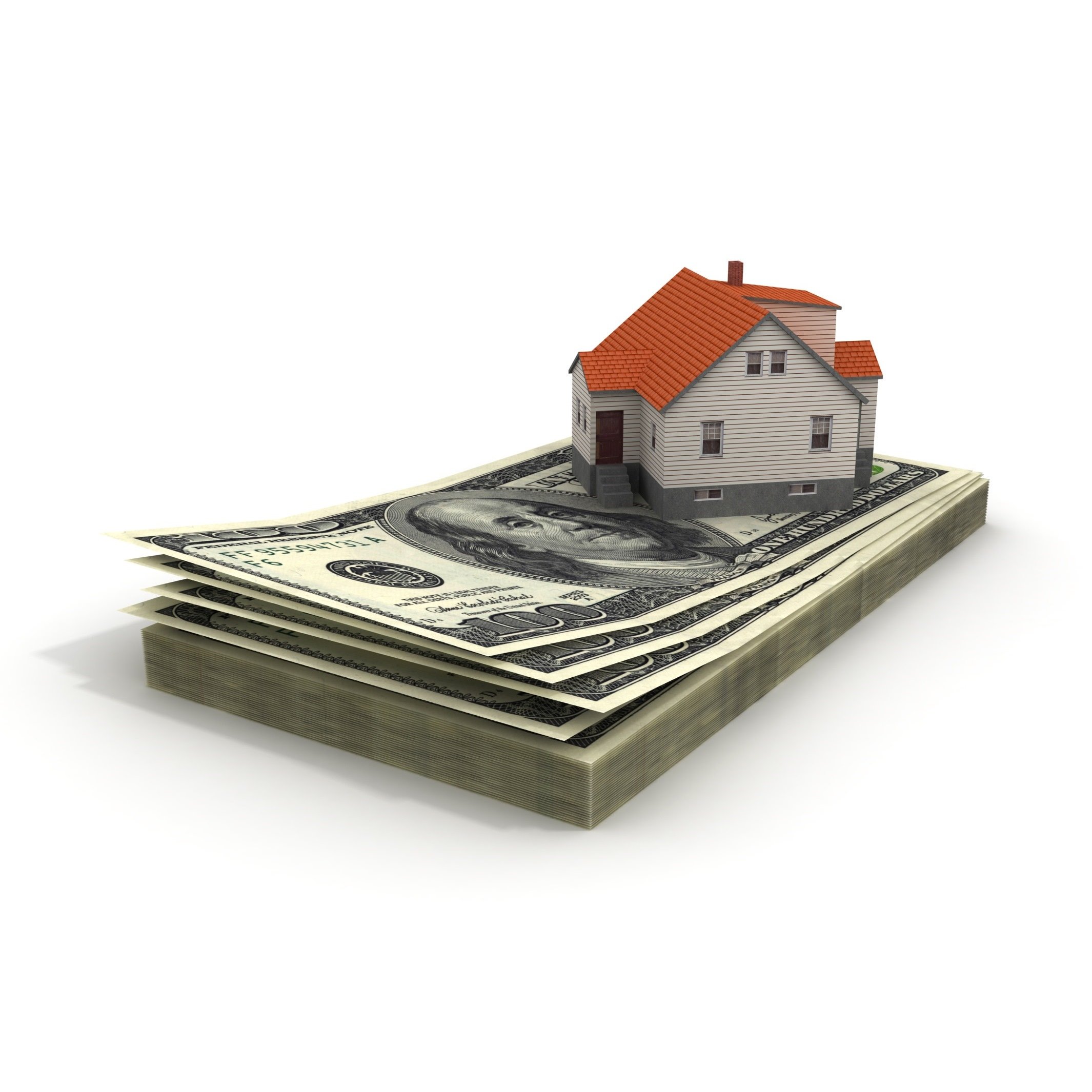Housing
January Existing Home Sales Tick Slightly Higher

Published:
Last Updated:

The National Association of Realtors (NAR) reports that the seasonally adjusted annual rate of existing home sales in January inched up just 0.4% to a seasonally adjusted annual rate of 5.47 million from a downwardly revised total of 5.45 million in December.
January sales were tepid compared with the December jump of 14.7%, though some of that jump was attributed to processing delays in October and November after new mortgage-writing rules became effective on October 1.
Even so, the January rate is the highest in six months and price growth rose at its highest rate since last April. Sales were 11% higher than in January 2014, the largest gain since July 2013.
The consensus estimate called for sales to reach 5.32 million, according to a survey of economists polled by Bloomberg.
The NAR’s chief economist said:
The housing market has shown promising resilience in recent months, but home prices are still rising too fast because of ongoing supply constraints. Despite the global economic slowdown, the housing sector continues to recover and will likely help the U.S. economy avoid a recession.
The spring buying season is right around the corner and current supply levels aren’t even close to what’s needed to accommodate the subsequent growth in housing demand. Home prices ascending near or above double-digit appreciation aren’t healthy – especially considering the fact that household income and wages are barely rising.
Housing inventory increased by 3.4% in January, to 1.82 million homes, which is equal to a supply of four months, a slight increase from 3.9 months in December.
According to the NAR, the national median existing home price for all housing types in January was $213,800, up 8.2% compared with January 2015, the 47th consecutive month of rising home prices. In December 2015 the national median price was $224,100.
The percentage of first-time buyers remained unchanged at 32% in January, up from 28% in January 2015.
Sales of single-family homes rose 1% from the December total to a seasonally adjusted annual rate of 4.86 million, up 11.2% compared with January 2015. Sales of multifamily homes fell 4.7% in January at a seasonally adjusted annual rate of 610,000 units.
Foreclosed and short sales accounted for 9% of January sales, up from 8% in December and down 11% compared with January 2015. Foreclosures sold at an average discount of 13% and short sales sold at an average 12% discount to the January median price.
All homes were on the market for an average of 64 days in January, up from 58 days in December. Foreclosed homes were on the market for an average of 57 days and short sales took a median of 77 days to sell. Non-distressed homes took 61 days to sell, and 32% of homes sold in January were on the market for less than a month.
The NAR also reported the following regional data:
Finding a qualified financial advisor doesn’t have to be hard. SmartAsset’s free tool matches you with up to 3 fiduciary financial advisors in your area in 5 minutes. Each advisor has been vetted by SmartAsset and is held to a fiduciary standard to act in your best interests. If you’re ready to be matched with local advisors that can help you achieve your financial goals, get started now.
Thank you for reading! Have some feedback for us?
Contact the 24/7 Wall St. editorial team.